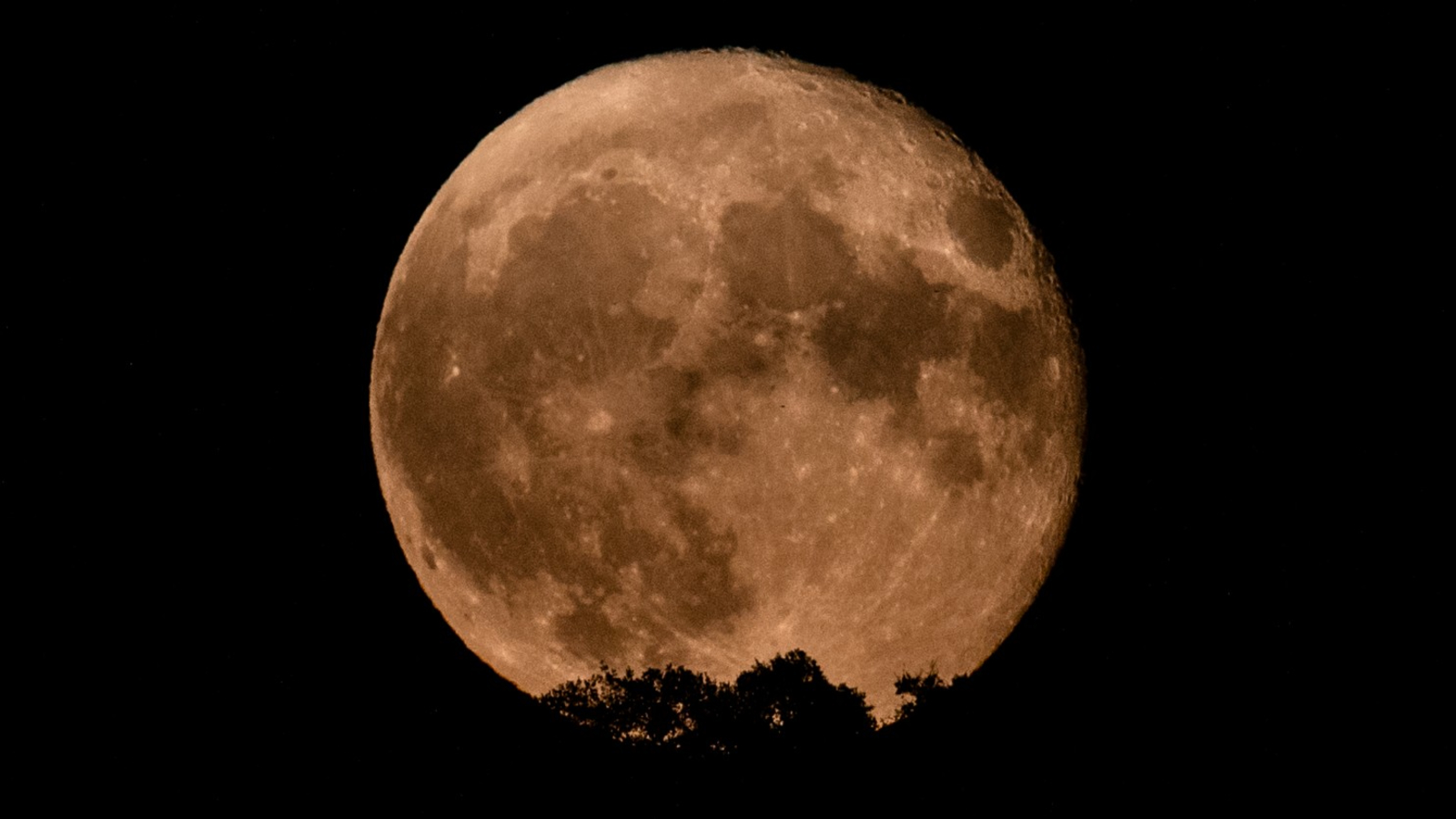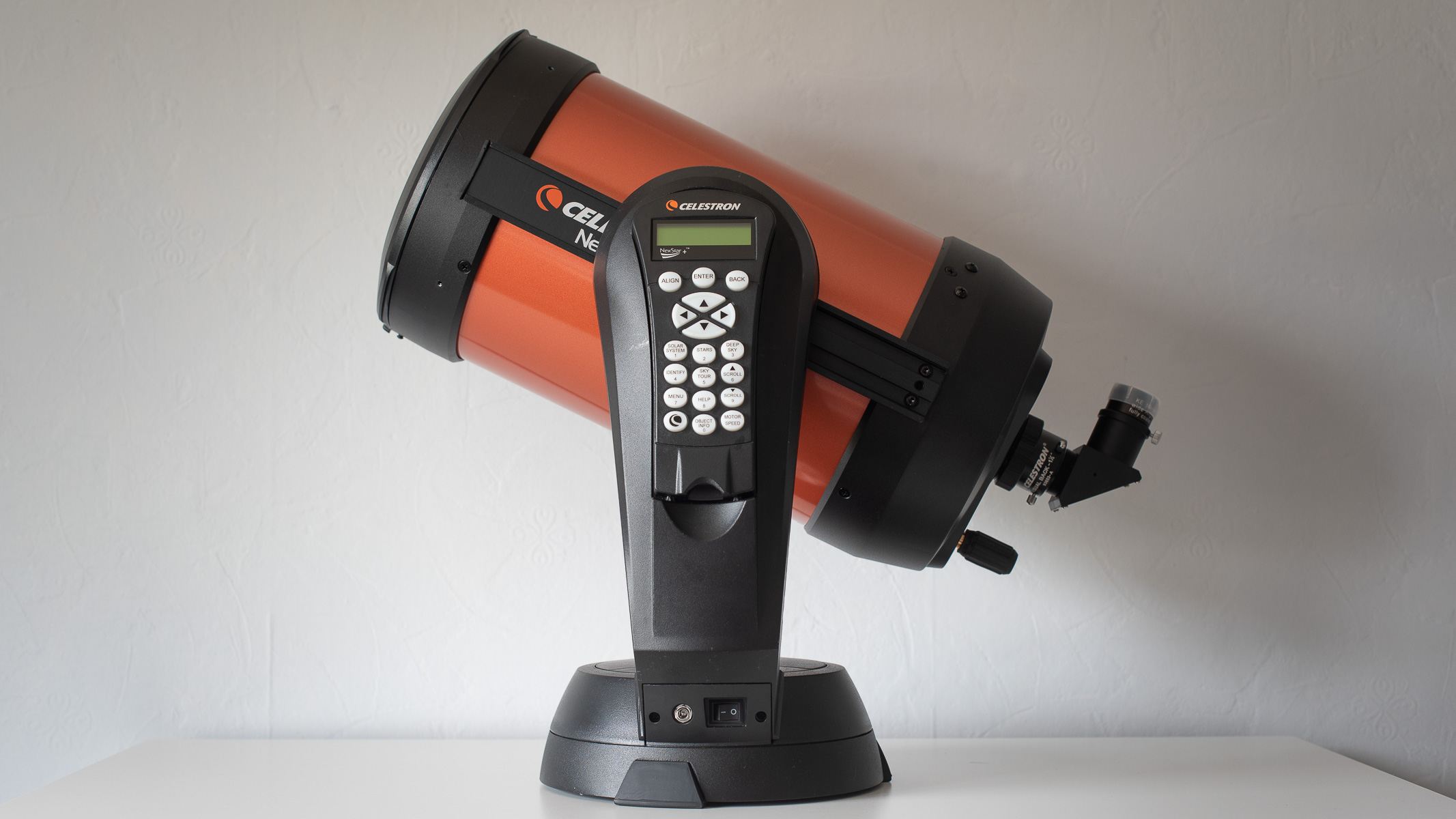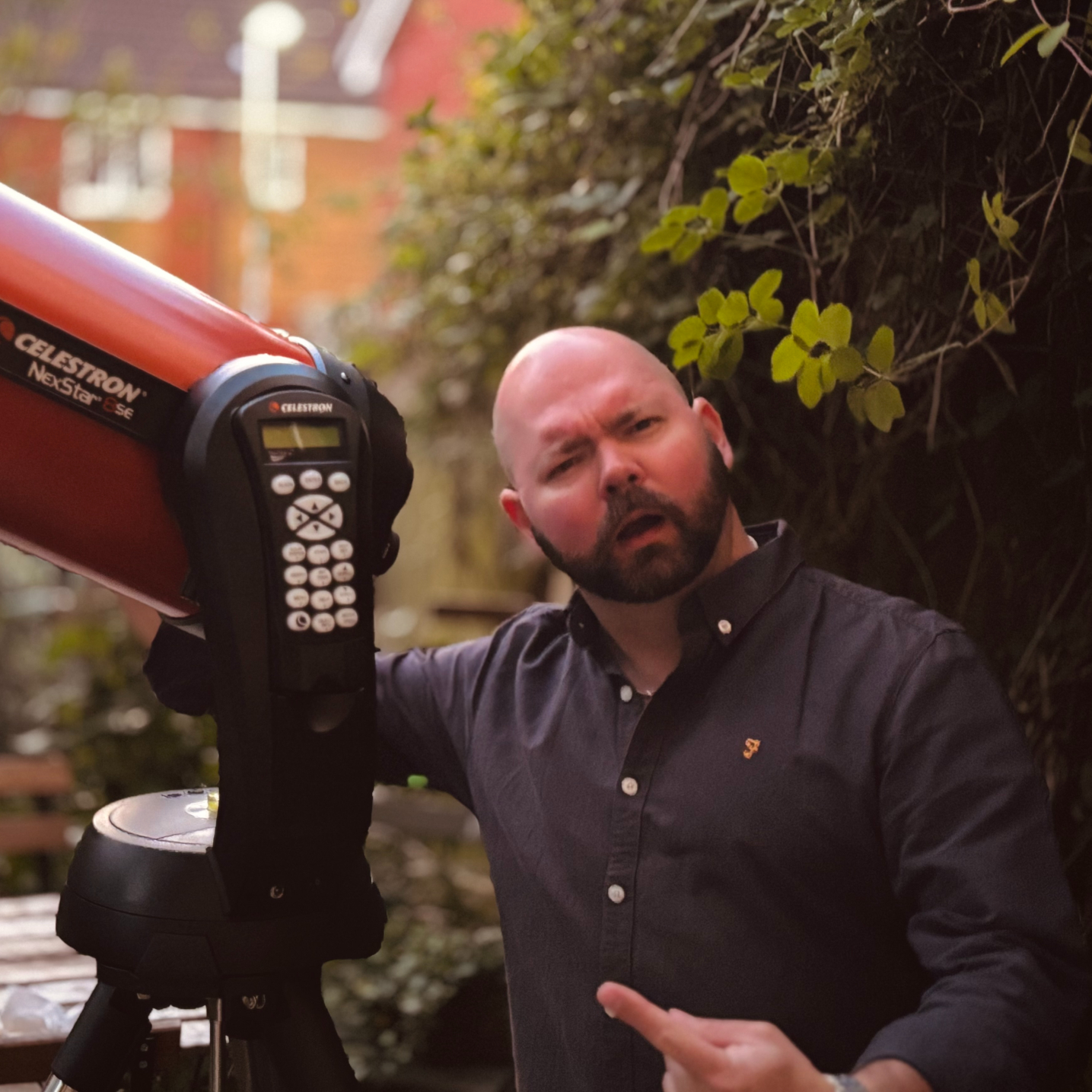August full moon 2025 rises this weekend: Here's how to see the stunning 'Sturgeon Moon'
August's full Sturgeon Moon rises this weekend, days before the Perseid meteor shower hits its peak.

Editor's note: Well, the August full moon certainly didn't disappoint and we've got the photos to prove it! Head over to our Sturgeon Moon wrap story to see some of the best shots from around the world.
August's full 'Sturgeon Moon' rises this weekend, putting on a spectacular lunar light show as it leaps above the southeastern horizon at sunset on Aug. 9.
A full moon occurs when the moon is directly opposite the sun in Earth's sky, at which point the entirety of its surface appears lit from our perspective. This month's full moon will officially reach peak illumination on Aug. 9 at 3:55 a.m. EDT (0755 GMT), when it will be visible roughly 20 degrees above the southwestern horizon close to Deneb Algedi — the star that represents the tail of the sea-goat in the constellation Capricornus.
Though it reaches maximum illumination on Aug. 9, the moon will still appear full for a night or two either side of the peak. Be sure to check out our guide to exploring the moon with a telescope if you want to get a closer look at its many craters and lunar seas in the nights that follow, as the terminator returns to sweep across its surface.
August's full moon is known as the Sturgeon Moon in parts of the U.S. in reference to the magnificent fish that are often caught around the time that it rises. It's also known as the green corn moon, grain moon and red moon.
Stargazers hoping to see the Sturgeon Moon at a more reasonable time will get a great view of the lunar disk — which will appear fully lit to the naked eye — when it looms over the southeastern horizon at sunset local time on Aug. 8. Remember, the exact time that the moon rises or sets and its altitude in the sky is dependent on your location, so be sure to check out a trusted website like TimeandDate.com or an online planetarian such as Stellarium to get precise timings for your area.

Want to see the moon up close for yourself? The Celestron NexStar 8SE is ideal for beginners wanting quality, reliable and quick views of celestial objects. For a more in-depth look at our Celestron NexStar 8SE review.
August's full moon may appear particularly large at moonrise, and it's thanks to a strange phenomenon called the "moon illusion." This tricks our brains into perceiving the moon as bigger when near the horizon rather than high overhead — however, the moon of course exhibits the same angular size in both locations. The lunar disk may also appear to take on a yellow-orange hue in the hour following moonrise, thanks to Rayleigh scattering. This is the light scattering nature of Earth's atmosphere, wherein shorter blue wavelengths scatter, while longer red and orange wavelengths are able to travel through to our eyes relatively unhindered.
Breaking space news, the latest updates on rocket launches, skywatching events and more!
The Sturgeon moon will rise mere days before Earth passes through the densest part of the debris trail shed by the wandering comet 109P/Swift-Tuttle, heralding the period of peak activity for the prolific Perseid meteor shower on Aug. 12-13. Sadly, the moon's light will make it challenging to spot all but the brightest meteors, though there's always a chance that you could see a bright fireball — the name given to a particularly large meteor — light up the summer sky alongside the full moon.
Photographers interested in capturing the majesty of the moon should check out our guide to imaging the moon using a DSLR camera. Those looking for a closer view should also read our roundups of the best telescopes and binoculars available in 2025.
Editor's Note: If you capture a picture of the Sturgeon Moon and want to share it with Space.com's readers, then please send your photo(s), along with your name, comments and the location of the shoot to spacephotos@space.com.

Anthony Wood joined Space.com in April 2025 after contributing articles to outlets including IGN, New Atlas and Gizmodo. He has a passion for the night sky, science, Hideo Kojima, and human space exploration, and can’t wait for the day when astronauts once again set foot on the moon.
You must confirm your public display name before commenting
Please logout and then login again, you will then be prompted to enter your display name.
